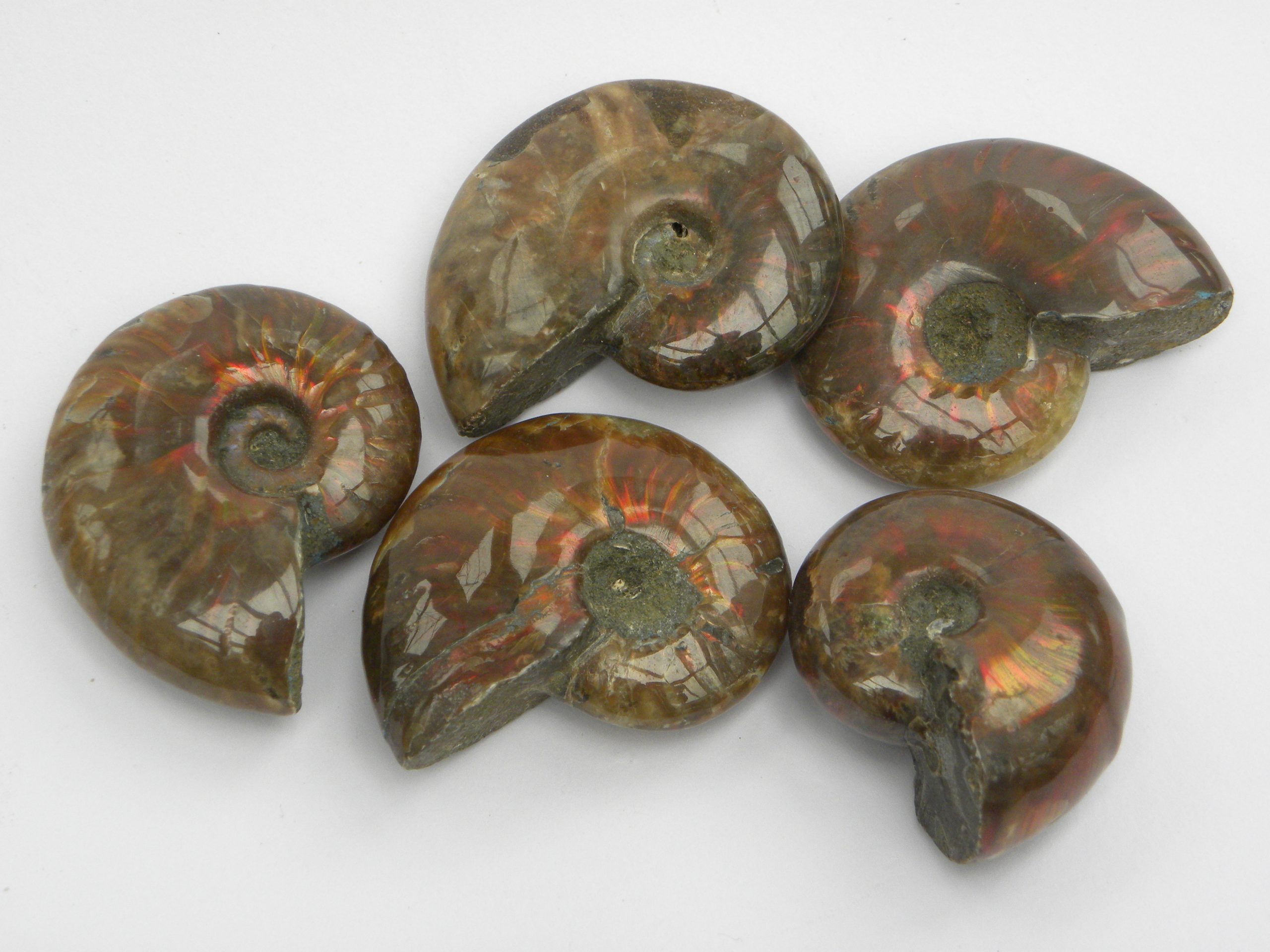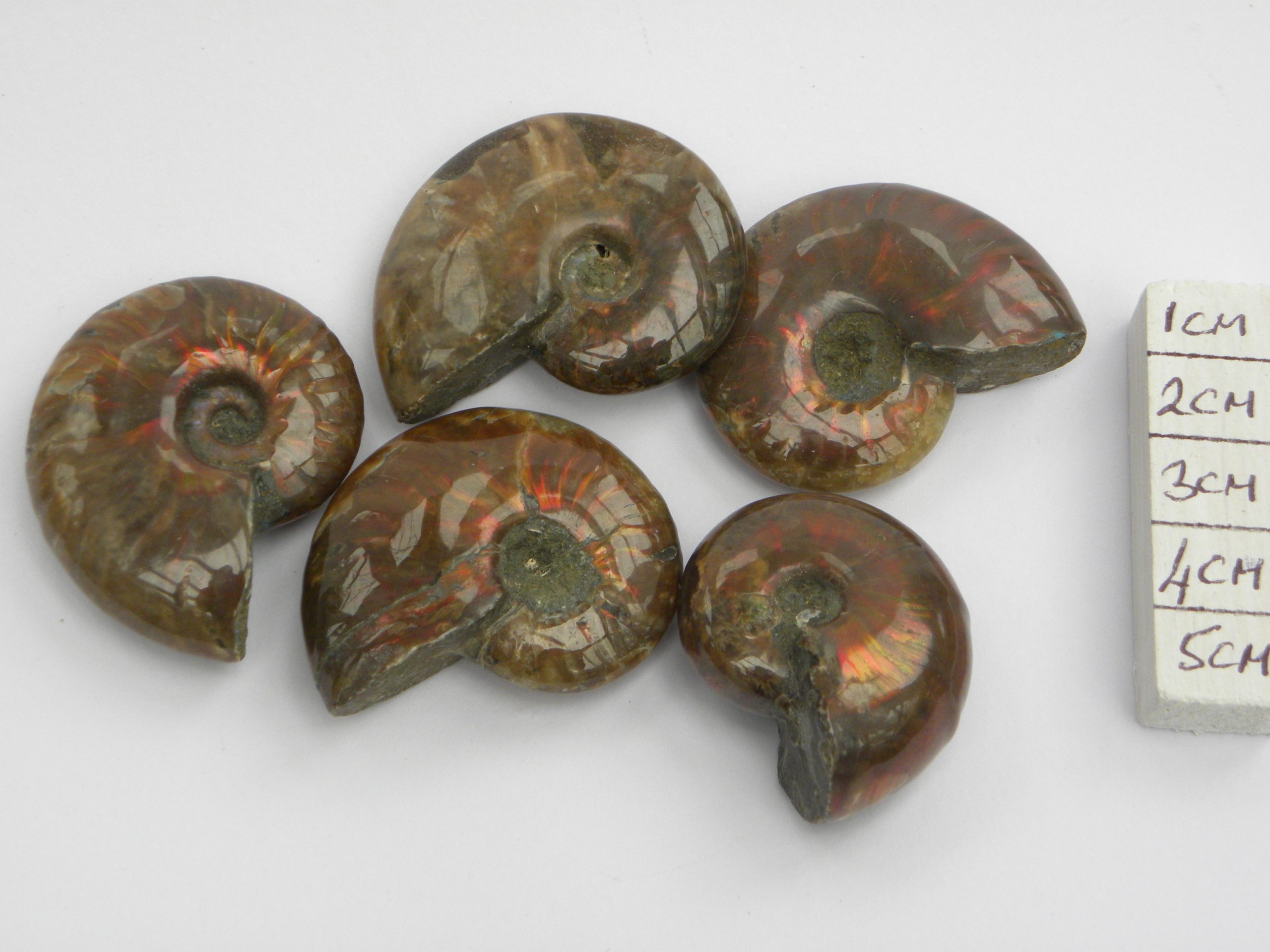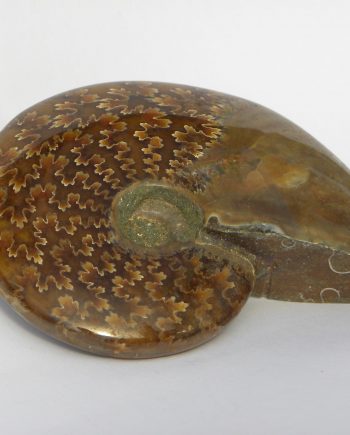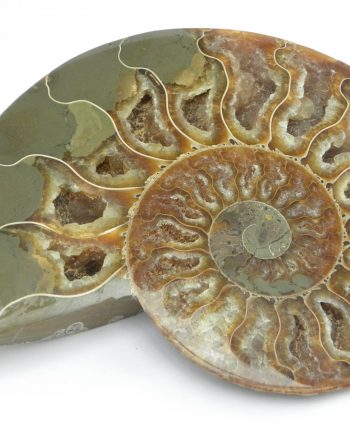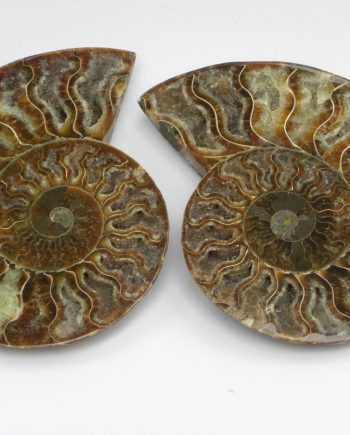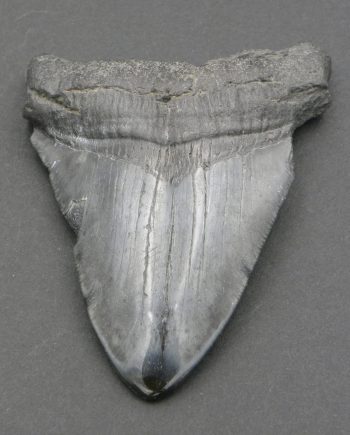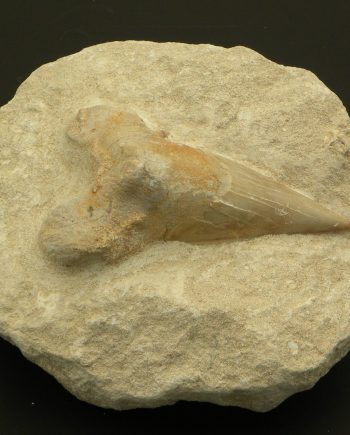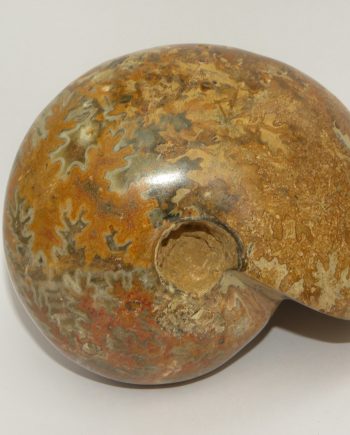Description
Fire Ammonites 4.6cm – 5.2cm medium size cleoniceras
These Fire Ammonites 4.6cm – 5.2cm average size, are incredibly colourful with a stunning red opalescent lustre and are smooth and tactile. The opalescent lustre was formed during the fossilisation process, millions of years ago, with the mineral aragonite replacing the ammonite shell, and creating these remarkable colours. The specimen here dates back to the Cretaceous period, 120 million years ago. The fiery red opalescence mean that collectors often refer to these fossils as ‘Fire Ammonites’. They occur in an isolated area of the North West Coast of Madagascar deep in the Mahajanga jungle.
Ammonites have been extinct for 65 million years and are a form of Cephalopod, a group of marine molluscs. These first appeared in the Devonian Period, over 4oo million years ago. Generally only the outer shells of these creatures fossilise, the soft interior body tissues of the ammonites being too delicate. As the ammonite grew larger it added new chambers, with the creature itself only living in the largest, newest chamber. The actual name Ammonite, derives from from ‘Ammon’ the Greek God. Ammonites were plankton feeders, they had long tentacles, and they also swam upright. Altogether, there were in the region of ten thousand different species. The largest species were up to a metre across, whereas the smallest were only a millimetre. Ammonites became extinct 65 million years ago. The coleoids, squid, cuttlefish and also the octopus that swim in our seas now however, are closely related.


